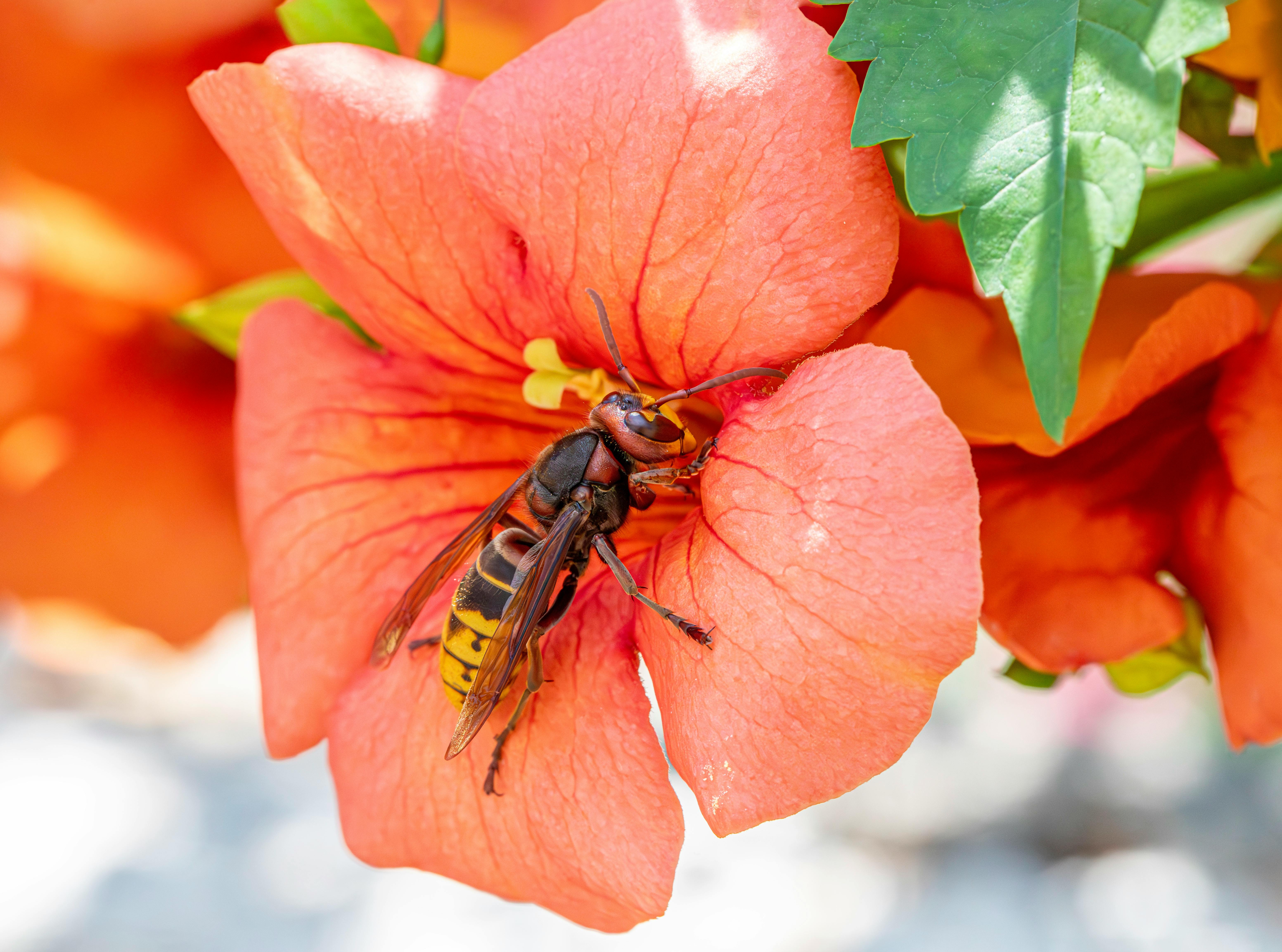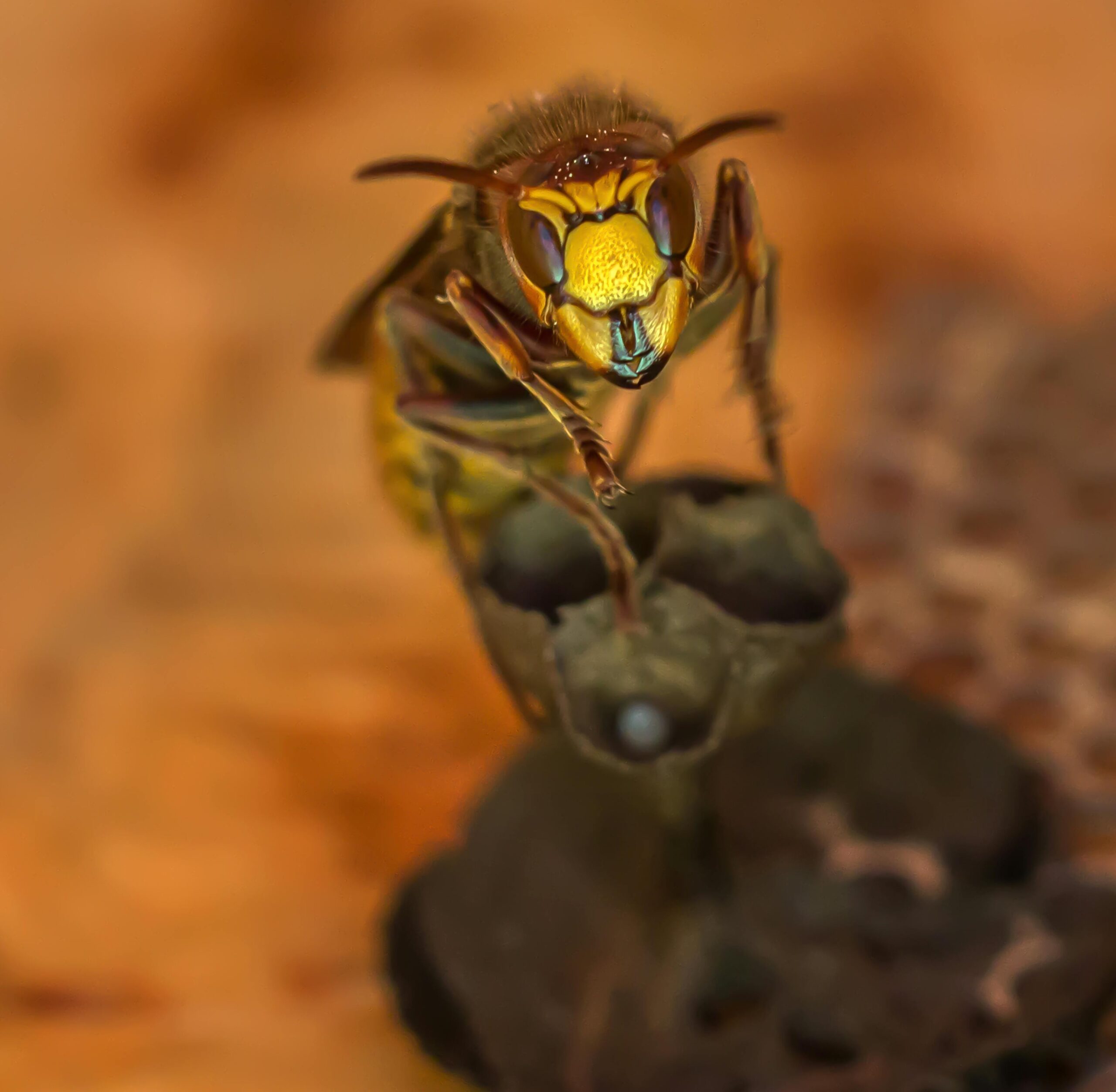Hornissennest
Understanding Hornissennest
The term Hornissennest, which translates to “hornet’s nest” in English, refers to the home created by hornets, a type of wasp known for their size and aggressive nature. These nests can be found hanging from trees, buildings, or even underground. Understanding the habitat of hornets and the structure of their nests is crucial, especially when dealing with pest control or studying these fascinating insects. A typical hornissennest is made from a papery substance created by the hornets chewing wood mixed with their saliva, which they then expertly mold into a nest. Some nests can grow to remarkable sizes, accommodating thousands of hornets, making it a centralized community for their social structure.
Structure of a Hornissennest
A Hornissennest is composed of several layers designed to protect the hornets from predators and the elements. The outer layer is tough and waterproof, while the inner layers contain many cells where the queen lays her eggs. Each cell is meticulously constructed and serves as a nursery for the developing larvae. The structure typically starts small and grows larger as the colony thrives; during peak seasons, a single nest can house up to 700 hornets. The intricate design and architecture of a hornissennest not only showcase the impressive abilities of these insects but also highlight their social organization and communal living.

Life Cycle of Hornets in the Nest
The life cycle of hornets within a hornissennest is fascinating and highly intricate. It begins with the queen who starts the nest in the spring. After mating, she lays eggs in the carefully constructed cells. These eggs hatch into larvae, which the queen and worker hornets feed until they mature into adults. Throughout late summer and fall, the colony reaches its peak, with many workers contributing to various tasks such as foraging and nest maintenance. However, as the weather cools in late autumn, hornets die off, leaving only the fertilized queens to begin the cycle anew the following spring.
Importance of Hornissennest in Ecosystems
The role of hornissennest in ecosystems is significant. Hornets contribute to pest control by preying on various insects, including flies and even smaller wasps. This natural predation can help maintain ecological balance, reducing the need for chemical pesticides. Additionally, as hornets forage for food, they inadvertently aid in pollination, supporting plant life. Understanding the ecological contributions of hornets helps highlight the importance of preserving their habitats and the delicate balance within our ecosystems.
Hornets and Their Predators
While hornets play a vital role in the ecosystem, they also have their share of predators. Birds, mammals, and reptiles often prey on hornets, targeting both adults and larvae within the hornissennest. Even the larvae are susceptible to parasitism from various flies that lay eggs within the nest. This natural predation helps to manage hornet populations, though it can lead to conflicts when hornets feel threatened and become defensive of their nests. Recognizing this predator-prey dynamic is essential for a comprehensive understanding of their ecological role.
Benefits and Risks of Hornissennest
There are both benefits and risks associated with having a hornissennest nearby. On one hand, these nests can help in controlling pests and promoting biodiversity. On the other hand, hornets can pose a risk to humans, especially if the nest is disturbed. Their sting is painful and can cause allergic reactions in some individuals. It’s crucial for homeowners to assess whether the presence of hornets warrants removal or if coexistence is a better option, considering the ecological benefits they provide.
Dealing with Hornissennest: Methods and Precautions
If you find yourself with a hornissennest on your property, it’s important to approach the situation with caution. The decision to remove a nest should be based on its location and the level of risk it poses. Various methods are available for safely dealing with hornet nests, ranging from natural deterrents to professional extermination services. Always prioritize safety when handling these situations, as hornets can become aggressive when their nest is threatened.
Natural Deterrents to Avoid Hornissennest Invasion
One practical method to deter hornets from building a hornissennest is to use natural repellents. Spraying essential oils such as peppermint or lemongrass around the area can help keep them at bay. Additionally, keeping food sources secure and cleaning up spills can reduce the attractants that lead hornets to your home. By maintaining a clean environment, you can help reduce the likelihood of nest construction near your property.
When to Call Professionals
In instances where a hornissennest poses a significant risk to inhabitants, it may be wise to call in pest control professionals. Experts have the knowledge and equipment to safely remove hornet nests without unnecessary risk to themselves or the environment. If you or your family members are allergic to stings, it’s best not to attempt removal on your own, as hornets can react aggressively. Remember, safety should always be your primary concern when dealing with these insects.
Conclusion: Coexisting with Hornissennest
In conclusion, while a hornissennest might seem intimidating, it’s an integral part of many ecosystems. Understanding their behavior, social structure, and ecological roles helps us appreciate these amazing insects while also recognizing when intervention may be necessary. By utilizing safe and effective methods to manage hornet populations and learning to coexist when possible, we can foster a harmonious relationship with nature.
Key Takeaways
- A Hornissennest is a complex structure critical for the survival of hornet colonies.
- Hornets play essential roles in natural pest control and pollination.
- While beneficial, hornets can pose risks to humans, necessitating careful management.
- Understanding hornet behavior is crucial for safe coexistence or removal.
FAQ
1. What should I do if I find a Hornissennest near my home?
If you discover a hornissennest near your living space, first assess the risk it poses. If it’s in a high-traffic area, consider contacting a pest control professional. Always prioritize safety, especially if anyone in your household is allergic to hornet stings.
2. Are hornets beneficial to the environment?
Yes, hornets are beneficial as they help control pest populations and pollinate plants. Their role in the ecosystem highlights the importance of understanding their behavior before deciding on removal.
3. How can I prevent hornets from building a nest on my property?
Preventing hornissennest construction involves securing food sources and using natural repellents around your home. Ensuring a clean environment can significantly reduce attractants for hornets.
4. What are the signs of a hornet infestation?
Signs of a hornissennest infestation include increased hornet activity around your home, including visible nests, dead insects near entry points, and the sound of buzzing in specific areas.
5. Can I remove a hornet’s nest on my own?
While it’s possible to remove a hornissennest yourself, it’s recommended only if you are experienced and taking proper safety precautions. If you’re unsure or if the nest is large, it’s best to contact professionals.
6. What do hornets eat?
Hornets primarily feed on other insects and sugary substances. They catch prey like flies and caterpillars and also enjoy fruit juices, which are highly attractive to them. Understanding their diet can help in managing their presence around your home.
